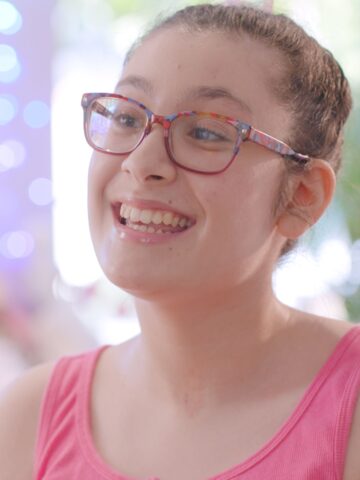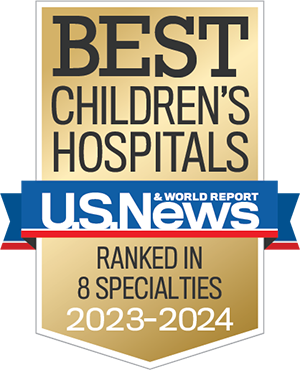More than 4,000 children and teens in the U.S. are diagnosed with a brain or spine tumor each year, according to the American Cancer Society. In many of these cases, analysis of the tumor’s molecular characteristics, in addition to typical histopathology, leads to greater diagnostic precision and individualization in treatment. At CHOC, part of Rady Children’s Health, neuro-oncologists use the latest molecular diagnostics to stratify tumors into subgroups, allowing for highly tailored therapy.
Pushing molecular diagnosis further
Molecular diagnostics was nothing new to CHOC when neuro-oncologist Dr. Mariko Sato, director of the Brain and Spine Tumors Program, and neurologist Dr. John Crawford, medical director of Neurology and co-medical director of the Neuroscience Institute, joined the hospital in 2022. The pair brought a vision of enhancing coordination among oncologists, neurologists and neurosurgeons in the treatment of pediatric brain and spine tumors. That vision included a leading-edge type of molecular diagnostics.
“We started sending tumor samples for methylation analysis,” Dr. Sato says. “Methylation allows for the deepest level of subgrouping of these tumors. When appropriate, we conduct genomic analysis for every patient in collaboration with the National Institutes of Health and Children’s Oncology Group. Doing so allows us to tailor and subclassify tumors into several different categories that we didn’t have a decade ago, and we can sort the tumors into risk groups.”
Tumor analysis begins with histopathology, looking at the tumor under the microscope and staining to characterize the tumor, including immunohistochemistry. Genetic testing follows, with next-generation sequencing, copy number or chromosome analysis, fusion protein analysis and, finally, methylation analysis. Some samples also undergo germline testing to look for heritable mutations.
“Histological and methylation diagnoses sometimes differ,” Dr. Sato says. “These situations aren’t black and white. The molecular analysis provides guidance on how to treat the tumor or how rigorously we need to surveil it. Even a benign tumor can have atypical genetic results and need to be more closely monitored.”
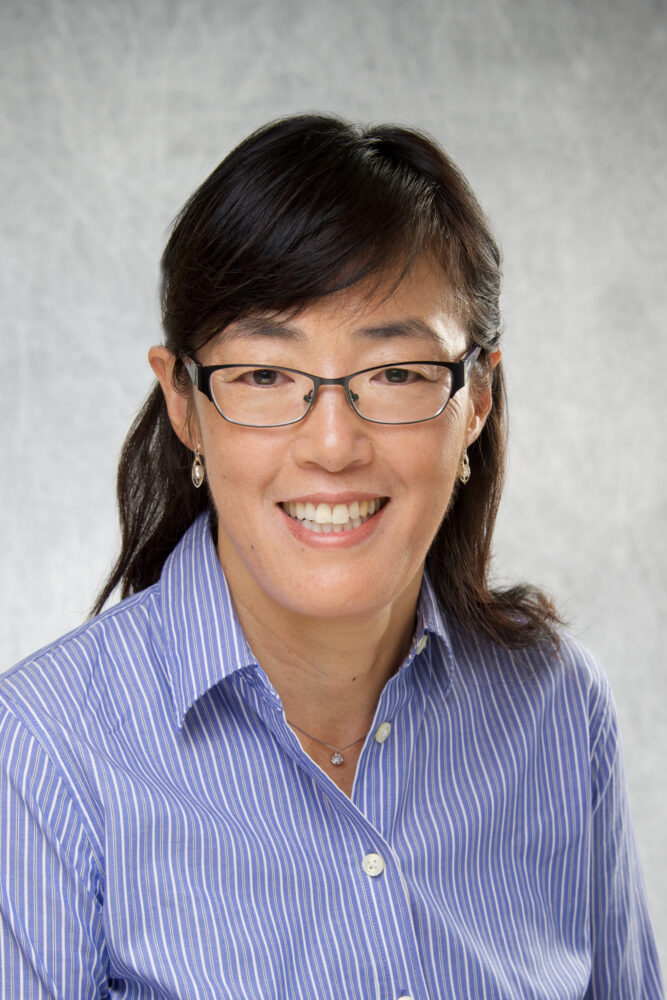
Road maps for treatment
The hospital in Orange has a multidisciplinary tumor board that considers every pediatric brain and spine tumor case to determine the most appropriate treatment strategy.
Treatment for these tumors typically begins with surgical resection. For patients who provide consent, clinicians send a tumor sample for genetic testing, including molecular testing, which takes two to four weeks.
In the meantime, the medical team may move forward with treatment based on the pathological diagnosis, especially if the tumor is malignant, and then adjust based on the genetic results if needed.
“If complete resection is not possible due to the location of the tumor, the genetic results may lead us to the targeted therapy,” Dr. Sato says. “Using this treatment instead of chemotherapy or radiation therapy can be very helpful in order to avoid toxicities for pediatric populations.”
For example, patients with cancer that features a BRAF gene mutation are often good candidates for targeted therapy.
“Unlike chemotherapy, which randomly targets dividing cells, targeted therapy affects the mutated genes seen in these patients’ tumors, which makes it a more specific treatment,” Dr. Sato says. “However, because targeted therapy is silencing the signal, it’s not really killing the tumor. That’s one of its downsides. There are pros and cons to targeted therapy, but most of the time, its side effects are more tolerable than those of chemotherapy.”
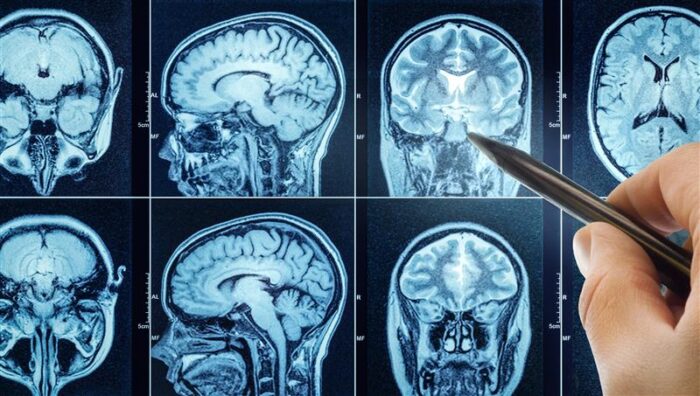
Revelatory data repository
A key tool shaping the personalization of pediatric brain and spine tumor care at Rady Childen’s is a molecular database Dr. Sato established and continues to augment. To date, the catalog includes nearly 500 tumor samples. It has already enhanced clinicians’ understanding of how certain tumors are likely to behave.
Using the database, Dr. Sato conducted a small cohort study of molecular profile as an outcome prognosticator for pediatric progressive, low-grade gliomas.
“The study showed that patients who had FGFR mutations tended to have recurrence more often, so they received multiple therapies, sometimes as many as eight,” Dr. Sato says. “During childhood, we try to avoid using radiation therapy as much as possible, but we don’t have targeted inhibitors for FGFR mutations yet. Looking back in the database showed that FGFR mutations were predictors of poor outcomes.”
Merger facilitates collaboration
In early 2025, CHOC merged with Rady Children’s Hospital in San Diego to create a first-of-its-kind pediatric health system under a new name, Rady Children’s Health. The move has been a boon to neuro-oncology collaboration in several ways.
For example, CHOC and Rady Children’s, along with Loma Linda University Children’s Health, are collaborating on the next edition of the Neuro-Oncology Research and Education Conference. Established by Dr. Sato shortly after she joined the organization, the quarterly gathering brings together clinicians from multiple institutions to discuss the latest advances in the field, provide research updates and present conference data. This fall’s event is scheduled for Oct. 30 at Rady Children’s Health in Orange.
Clinicians from both the Orange and San Diego hospitals also collaborate on patient care. One key forum for this partnership is the monthly molecular tumor board hosted by Rady Children’s Hospital, San Diego.
“The molecular tumor board includes not only physicians, but also biomedical neuro-oncology researchers,” Dr. Sato says. “They can provide insight into how tumors behave and how we should think about treatment. It’s great input.”
When appropriate, patients from the Orange hospital can participate in a medication screening protocol at the San Diego hospital to identify tumor-specific therapies. These patients have surgery in San Diego, where clinicians use the screening protocol to compile a list of medications that may be effective for those particular tumors. The clinicians share the list with their colleagues in Orange, where patients return to continue treatment.
The two hospitals complement each other in the neuro-oncology research realm.
“If one of our patients has progressive disease, they usually enter a clinical trial, and we’ll send them to San Diego, if appropriate, because they have a lot of phase 1 and phase 2 clinical trials,” Dr. Sato says. “On the other hand, the San Diego hospital also sends patients to us for some of the unique trials we offer, such as the ONC201 protocol for gliomas and another trial that uses heat shock protein vaccines. Together, our institutions manage our trials so we don’t overlap.”
As a result, patients have seamless access to a wider array of leading-edge therapies.
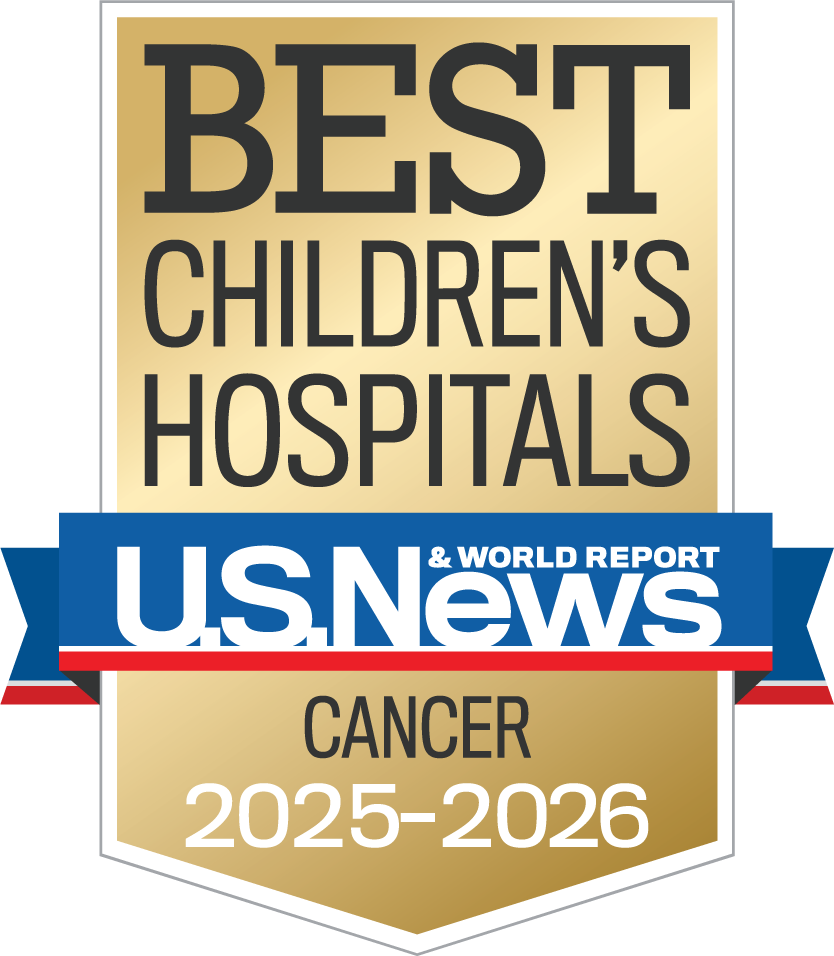
CHOC Hospital was named one of the nation’s best children’s hospitals by U.S. News & World Report in its 2025-26 Best Children’s Hospitals rankings and ranked in the cancer specialty.


